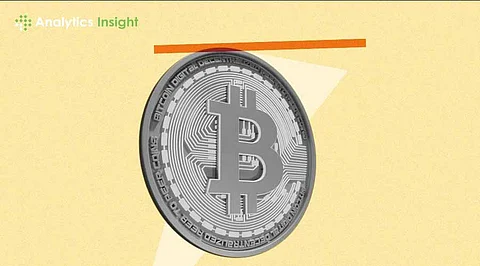

The concept of incorporating Bitcoin into the U.S. national reserve has transitioned from speculative discourse to a topic of serious consideration, especially with recent political developments and market dynamics. President-elect Donald Trump's proposal to establish a "Strategic National Bitcoin Stockpile" has intensified debates about the feasibility and implications of such a move.
This article delves into the latest developments, potential benefits, and challenges associated with integrating Bitcoin into the U.S. reserve.
In December 2024, President-elect Donald Trump reiterated plans to create a U.S. Bitcoin strategic reserve, drawing parallels to the Strategic Petroleum Reserve.
This announcement coincided with Bitcoin reaching a record high above $107,000, reflecting heightened investor enthusiasm.
Additionally, Senator Cynthia Lummis introduced legislation proposing that the Treasury and Federal Reserve acquire 200,000 Bitcoins annually over five years, totaling 1 million BTC, approximately 5% of the total global supply.
Bitcoin's capped supply of 21 million coins renders it inherently deflationary. Unlike fiat currencies subject to inflationary pressures due to monetary policy, Bitcoin offers a potential hedge against inflation. Proponents argue that incorporating Bitcoin into the national reserve could diversify the asset pool and protect against currency devaluation.
Advocates suggest that a strategic Bitcoin reserve could enhance the U.S. economic stance, counterbalance adversaries, and promote democratic values in a rapidly digitalizing world.
By holding Bitcoin, the U.S. could signal its commitment to embracing innovative financial instruments, potentially attracting investment and fostering economic growth.
Some analysts posit that a strategic Bitcoin reserve could contribute to addressing national debt. For instance, a VanEck executive suggested that such a reserve might help pay off over a third of the U.S. national debt by 2050.
This perspective hinges on the assumption of significant long-term appreciation in Bitcoin's value.
Bitcoin price volatility poses a significant challenge. While it has demonstrated substantial appreciation, it has also experienced sharp declines. Integrating such a volatile asset into the national reserve could introduce financial instability, complicating fiscal planning and reserve management.
Federal Reserve Chair Jerome Powell stated that the U.S. central bank has no intention of holding Bitcoin or seeking legislative changes to enable such activity.
This stance reflects broader institutional skepticism regarding the adoption of cryptocurrencies within traditional financial frameworks.
Establishing a national Bitcoin reserve would require robust infrastructure to securely acquire, store, and manage digital assets. The potential for cyber threats, coupled with the complexities of integrating Bitcoin into existing financial systems, presents significant operational challenges.
The prospect of a U.S. Bitcoin reserve has influenced market dynamics. Bitcoin's price surged past $107,000 following Trump's reaffirmation of the strategic reserve plan.
Analysts speculate that such a reserve could propel Bitcoin's value even higher, with some projections suggesting prices could reach $500,000.
However, these projections are speculative and depend on various factors, including policy implementation and market adoption.
As of July 2024, governments worldwide held approximately 2.2% of Bitcoin's total supply, with the U.S. possessing nearly 200,000 Bitcoins valued at over $20 billion.
The establishment of a U.S. strategic Bitcoin reserve could prompt other nations to consider similar measures, potentially influencing global financial stability and international relations.
The proposal to incorporate Bitcoin into the U.S. national reserve presents a complex interplay of potential benefits and significant challenges. While it offers opportunities for economic diversification and technological leadership, concerns regarding volatility, regulatory acceptance, and implementation logistics cannot be overlooked. As discussions continue, careful consideration of these factors will be crucial in determining the viability and desirability of such a strategic move.
